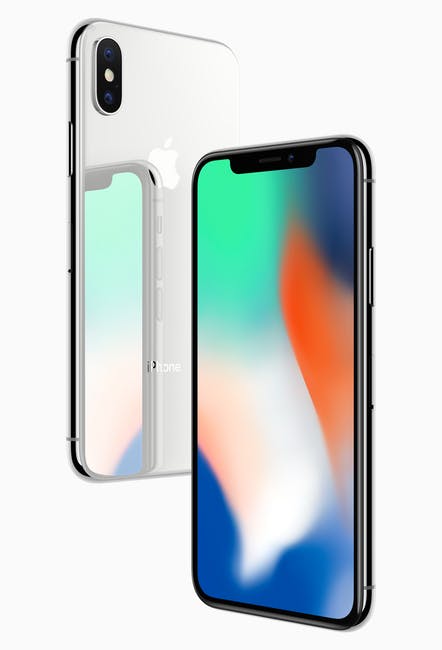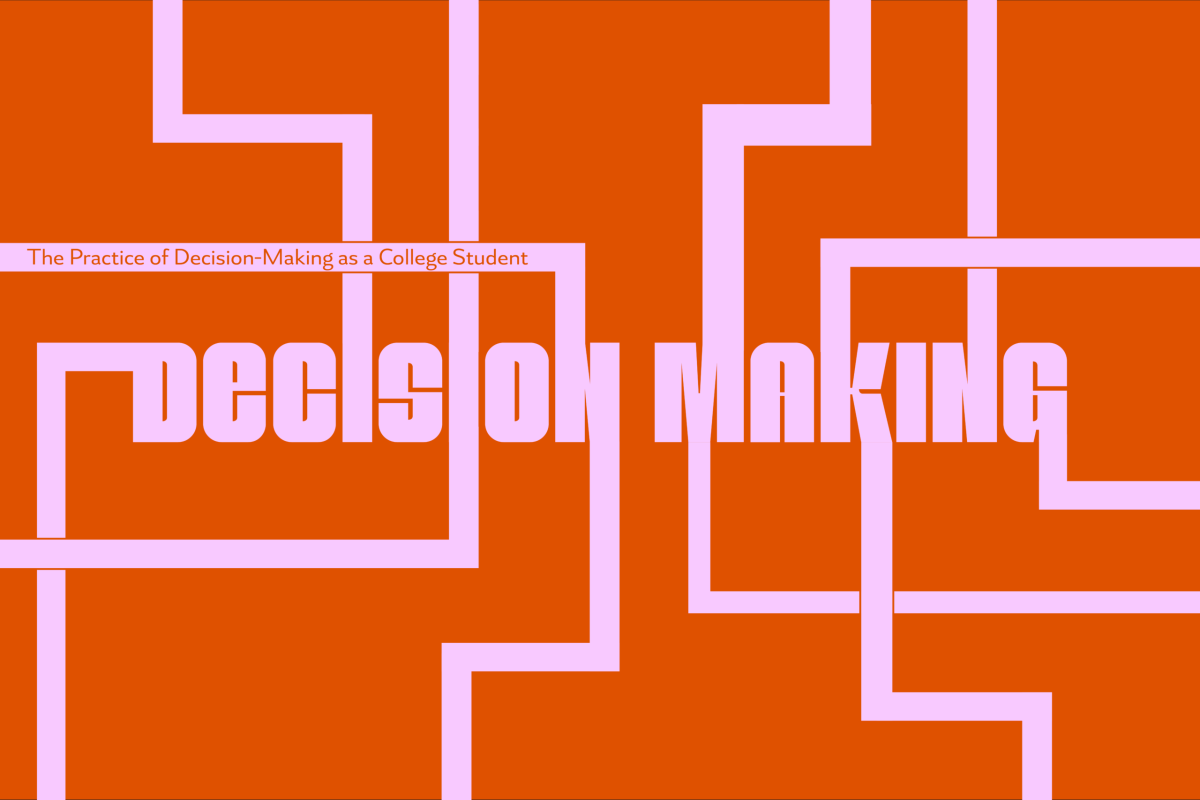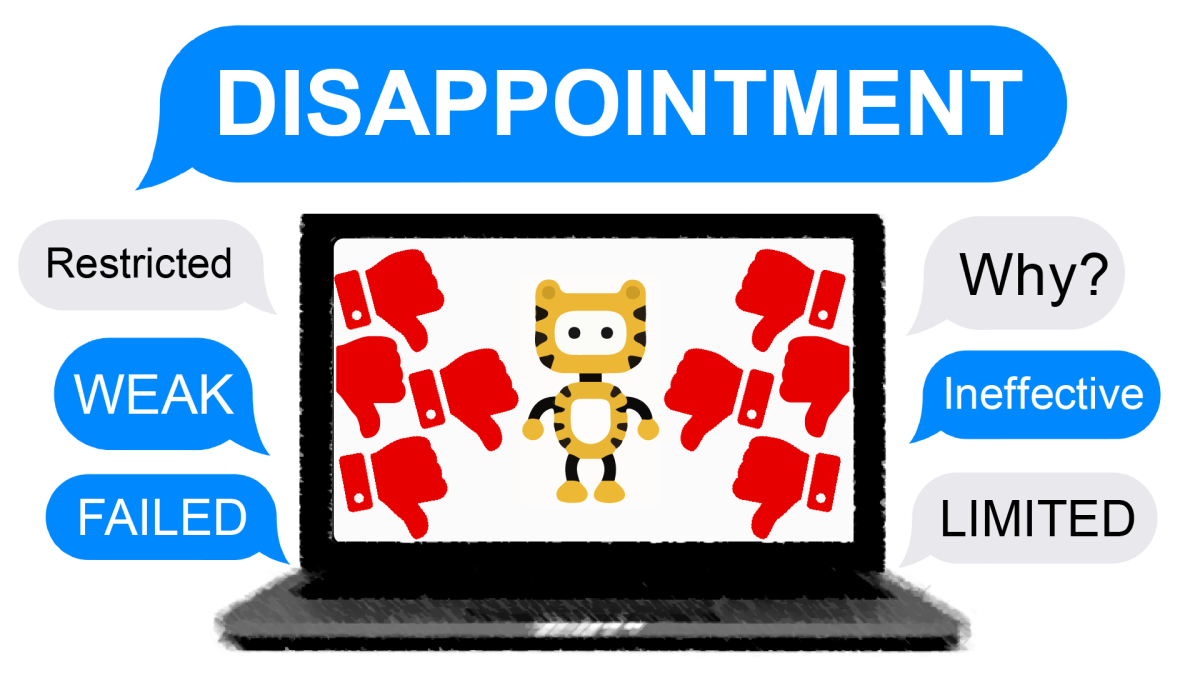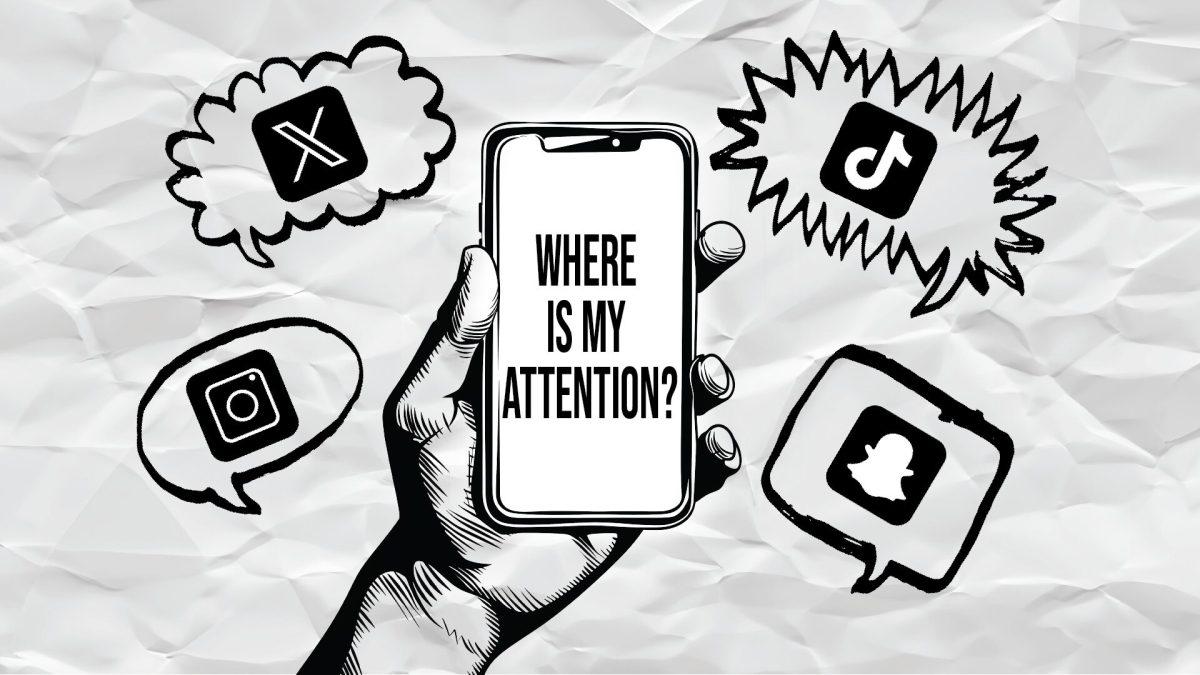_Solomon Davis is a sophomore journalism major at MU. He is an opinions columnist who writes about technology for The Maneater._
In 2011, I began the search for my first smartphone.
At that time, the iPhone was fairly popular. In fact, after the launch of the first iPhone in 2007, my parents switched us to AT&T because the device was exclusive to that network. Originally, I was team iPhone all the way, but as I started to reflect, I realized that I was not exactly sold on the iPhone promise.
My older brother had a Galaxy S at the time, which naturally led me to look at Samsung. The devices stood out from the rest of the Android crop. Samsung’s software took base Android a step further with the use of Touchwiz, a custom skin that sat on top of the existing Android OS.
After much research into all the other phones out there, I choose the Galaxy S II as my first phone. It had pretty good battery life and a competitive camera as well as a bigger screen. It truly was a device built for entertainment as well as making calls and sending text messages.
I watched year after year, wondering when Apple would get its formula right. Apple essentially invented the smartphone, but I could not understand why the company was failing to continue innovating like its competitors were.
Over the past six years, I have owned a total of four Samsung devices and have stuck with the company because every year it innovated a step further than the competition. Fast charging, waterproofing, wireless charging, iris scanning, better displays, improved cameras: These were the innovations that Samsung and other Android manufacturers were pushing that were missing from the Apple ecosystem.
On Sept. 12, Apple launched its newest devices at the Apple Special Event. It was the first time that Apple launched products at the Steve Jobs Theatre on its newest campus, and it was 10 years since the iPhone revolutionized the world in 2007.
For much of its history, Apple had been run by the late Steve Jobs, but Tim Cook has been leading it since 2011. The work that Jobs did was truly revolutionary, to the point where the products the company launched after 2011 had still been touched by him at some point. The revolution first began when the iPhone defined what a phone could be and set the tone for industry of growth and continued year after year by pushing boundaries with devices such as the Mac and iPad.
We have gone years of product updates and services still envisioned by Jobs. I was starting to wonder when Cook would fully step into the role, but with the launch of iPhone X, Cook’s tenure looks bright.
If you missed it, Apple’s iPhone X features an edge-to-edge OLED display, a powerful front-facing camera, a 5.8-inch screen and Face ID. Starting at $999, the device is Apple’s blueprint of where it wants to go in the future; it has a fresh design and tech that pretty much all of its Android competitors, that sell flagship devices, have been experimenting with for a while.
For years, competitors like Samsung launched ad campaigns that played on the fact that Apple customers were waiting for the trend of last year. If Apple plays its cards right and continues on the trend it has established with the iPhone X, the company may be able to stay relevant.
While I can say I will not be getting an iPhone anytime soon, the iPhone X gives me hope that the reasons that stopped me from choosing an iPhone six years ago will stop being an issue for buyers sometime soon. If the iPhone X serves as an indicator that Apple is willing to keep up with today’s trends to stay relevant, its future looks bright.













